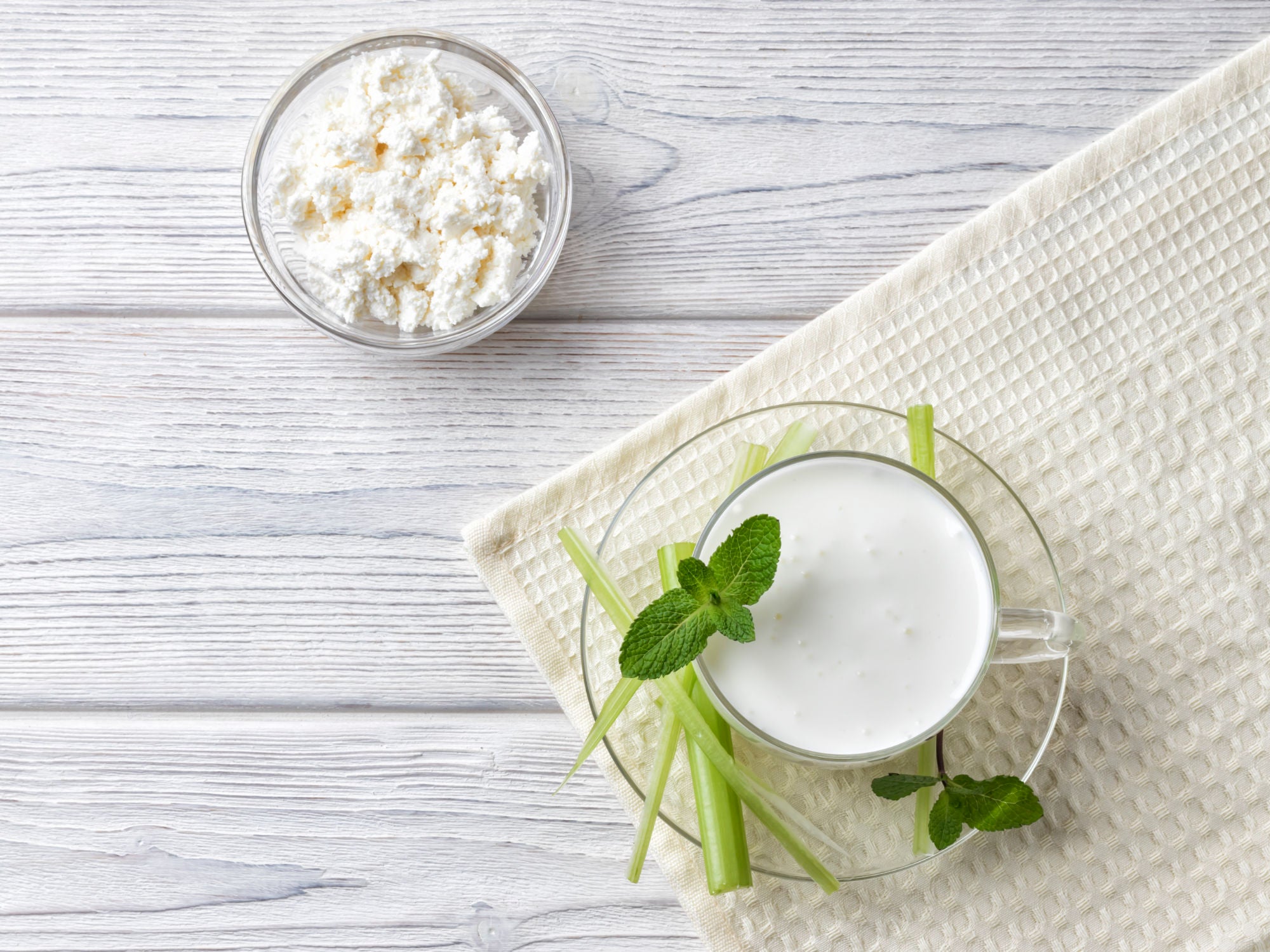Your basket is empty
Already have an account? Log in to check out faster.
Already have an account? Log in to check out faster.

Probiotics and Prebiotics are two terms that are very often confused or used improperly.
These are significantly different substances from each other, but both are capable of having a positive effect on the body and, in particular, on intestinal health.
Le Guidelines of the Ministry of Health on Probiotics and Prebiotics offer us a precise definition and the characteristics that differentiate.
Let's see in detail what probiotics and prebiotics are and what they are for.
The term probiotic derives from the Greek pro-bios which means “pro-life”.
Probiotics mean a series of microorganisms capable of exercising beneficial functions for the body, if taken in adequate quantities.
These probiotic microorganisms (especially bacteria and/or yeasts), used to achieve balance in the intestinal bacterial flora, must have very specific characteristics.
In fact, a food or supplement with probiotics, to be defined as such, must contain a sufficiently high number of live and active probiotic microorganisms.
This minimum sufficient quantity of microorganisms allows them to reach the intestine, multiply and exert a balancing action on the intestinal microflora.
These are, therefore, foods capable of supporting and improving the physiological balance functions of the organism.
The best-known probiotics are bacteria from the Lactobacilli and Bifidobacteria families, which we find in yogurt, for example.
For adults it is important to take them to restore intestinal balance which can be compromised for various causes, such as taking medications, stress, etc... In children and newborns they are administered following gastrointestinal infections or in the case of atopic dermatitis.
To be truly effective, probiotics should be taken on an empty stomach, for at least 3/4 weeks and in the right quantity - around 1 billion bacteria per day - a dose that is decidedly impossible with simple diet.
By prebiotics, however, we mean all those substances of food origin which are not digestible but which, if taken in adequate quantities, selectively promote the growth and activity of one or more bacteria already present in the intestinal tract.
“A prebiotic is a non-viable food component that confers a health benefit on the host associated with modulation of the microflora”
(A prebiotic is a non-vital food constituent that confers a health benefit by modulating the microbiota.)
FAO “FAO Technical Meeting on Prebiotics” (Rome, September 2007)
Prebiotics, like probiotics, must also meet certain requirements to be defined as such.
Prebiotics were identified and named by Marcel Roberfroid only in 1993. They are mainly carbohydrates, in particular oligosaccharides.
An important role is played by fructo-oligosaccharides (known as FOS) and among these, inulin is the prebiotic of greatest interest.
Prebiotics promote the growth and activity of probiotics, in fact, they promote the growth of one or more bacterial species useful for the development of probiotic microflora.
Prebiotics are present in many supplements, but also in various foods, for example, in wheat flour, psyllium, wheat germ, but also in garlic, onion, beans, leeks, bananas and honey.
Foods that contain, in adequate quantities, prebiotic molecules capable of promoting the development of bacterial groups useful to humans are defined as foods or supplements with prebiotics.
The intake of foods or supplements that contain prebiotics is contraindicated for those suffering from certain pathologies, such as in the case of irritable bowel syndrome or for those suffering from lactose intolerance.
To have the right intake of prebiotics it is necessary to intervene on your eating habits, increasing the consumption of whole grains, legumes, vegetables and fruit.
0 comments